Открытые и закрытые решения в 3D-печати
На рынке профессиональных систем 3D-печати можно найти три типа решений:
- Интегрированные или закрытые решения, это те, где производитель предоставляет оборудование, материалы и программное обеспечение, предназначенные для совместной работы. При покупке комплексного решения невозможно использовать программное обеспечение или материалы других производителей.
- Открытые решения когда производитель предоставляет оборудование, совместимое как с материалами, так и с программным обеспечением других производителей.
- Интегрированные решения с возможностью использования внешних материалов. Это промежуточное решение, обычно с некоторыми ограничениями, когда речь идет об использовании других материалов или программного обеспечения.
ИНТЕГРИРОВАННЫЕ ИЛИ ЗАКРЫТЫЕ РЕШЕНИЯ
Одним из наиболее показательных примеров таких решений является Formlabs. Производитель интегрированных решений обычно предлагает продукты, включающие системы 3D-печати, а также оборудование для постобработки, программное обеспечение и материалы.
Основное преимущество системы такого типа заключается в том, что все продукты были разработаны для совместной работы, а это означает, что нет необходимости в тонкой настройке и оптимизации параметров печати. Это также гарантирует, что все доступные материалы совместимы.
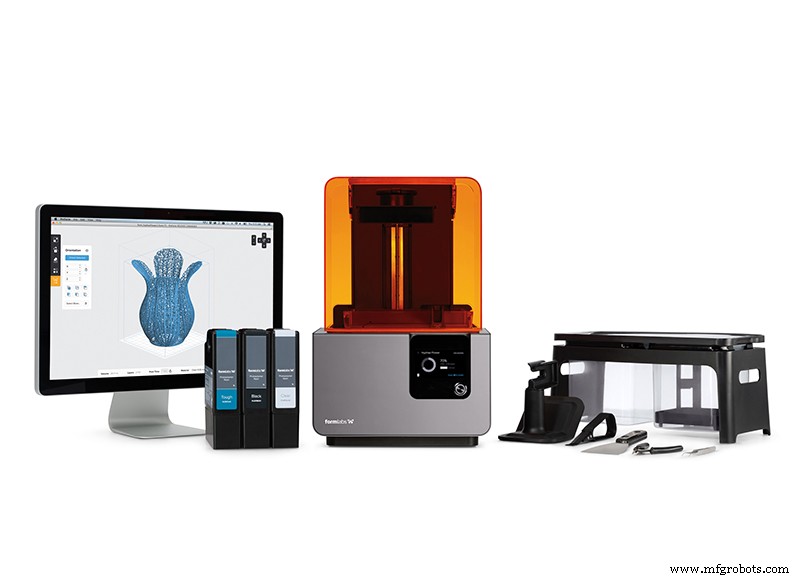
Изображение 1:форма 2 и аксессуары. Источник:Formlabs
В результате эти системы высоконадежны и воспроизводимы, что приводит к значительному увеличению производительности. Еще одна важная особенность заключается в том, что многие параметры конфигурации и изменяемые значения обычно сведены к минимуму, требует только выбора типа материала производителя и нескольких основных параметров. Это делает егонамного проще в использовании и не требует от пользователей особых технических знаний.
Однако это не все преимущества. Этот тип системы имеет два ограничения, которые следует учитывать. С одной стороны, стоимость материалов и расходных материалов обычно значительно выше. С другой стороны, пользователь может использовать только продукты производителя.
ОТКРЫТЫЕ РЕШЕНИЯ
Открытые решения не подразумевают аппаратное или программное обеспечение с открытым исходным кодом. Это относится к производителям, которые предоставляют оборудование, поддерживающее стандартизированные форматы носителей и универсальные файлы для печати. This category includes all printers that support universal CNC programming languages such as .gcode and materials from any manufacturer, regardless of whether the equipment is open source or proprietary.
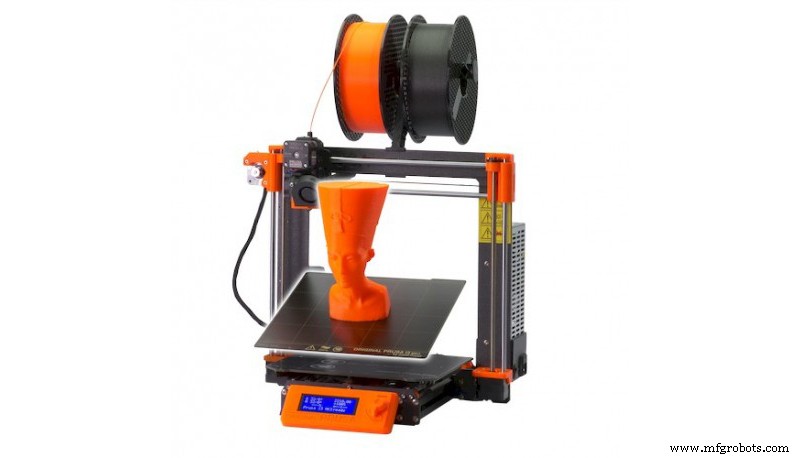
Image 2:Prusa MK3S 3D printer. Source:Prusa
This does not imply that the manufacturers themselves cannot also offer materials and software, which they usually do, but they do not restrict the use of their equipment to these.
The main advantage of this type of solutions is their high compatibility and the fact that they have the widest range of materials, limited only by the technical characteristics of the equipment itself. Moreover, in the case of using equipment from different manufacturers, it is possible to centralise everything in the same software without the need to use a specific one for each piece of equipment.
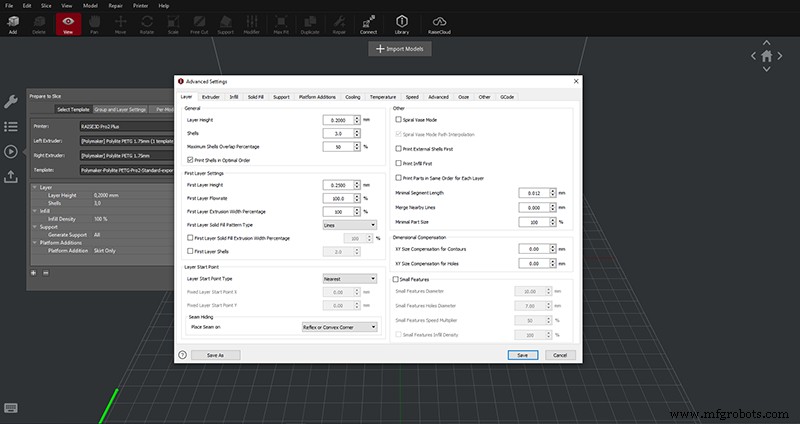
Image 3:Raise3D Ideamaker software configuration window. Источник:Raise3D
The main disadvantage is that the printing profiles generally need to be fine-tuned and optimised for each material, which is time-consuming and expensive. In addition, a change of material supplier or even a reformulation of a material from the same supplier implies a new optimisation of profiles. This means that achieving the same reliability and reproducibility that integrated solutions provide requires continuous work and a thorough knowledge of materials and suppliers.
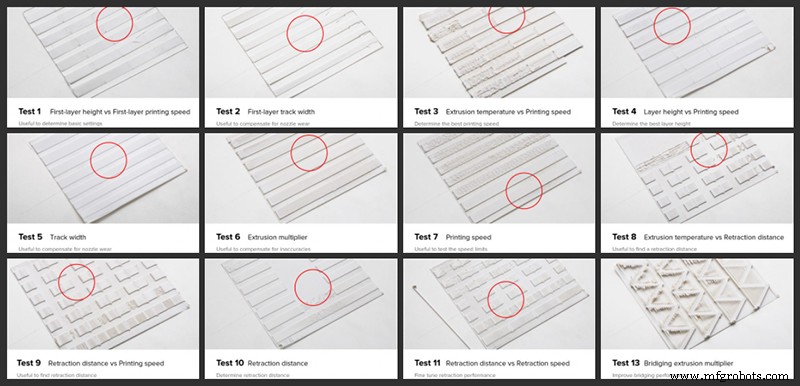
Image 4:Examples of optimisation. Source:3DOptimizer
Some companies offering such solutions are Prusa, Raise3D or UNIZ.
INTEGRATED SOLUTIONS WITH THE POSSIBILITY OF USING EXTERNAL MATERIALS
This is an intermediate option to the previous ones. They consist of integrated or closed solutions, with proprietary programming languages, but which also allow the use of third-party materials . Due to the use of proprietary languages it is necessary to stick to the software provided by the manufacturer.
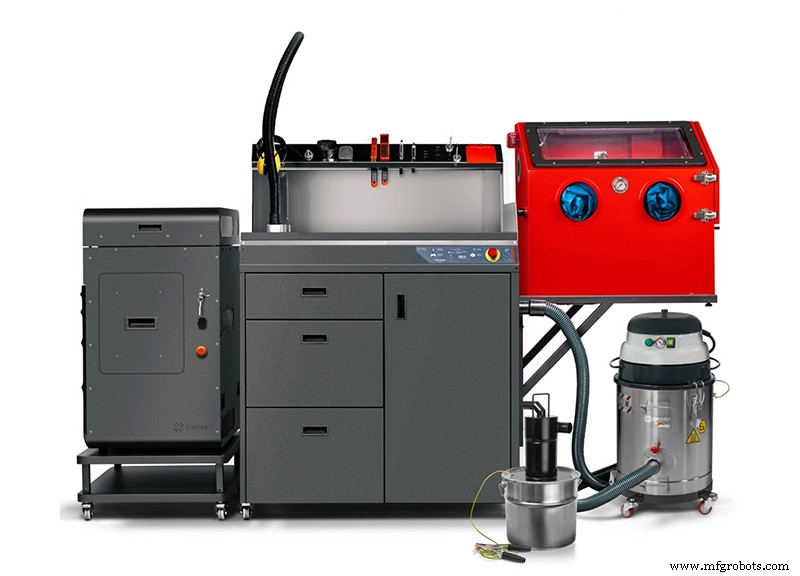
Image 5:SLS Lisa Pro 3D printer and accessories. Source:Sinterit
They have all the advantages of closed solutions but fewer drawbacks. Without having the wide compatibility of materials available in open solutions, they open up the possibility of using a wide range of materials from other manufacturers.
The trade-offs of this type of solution are minimal, with its main disadvantage being that the software generally has fewer configuration options, which can make it difficult to achieve good optimisation of other manufacturers' materials.
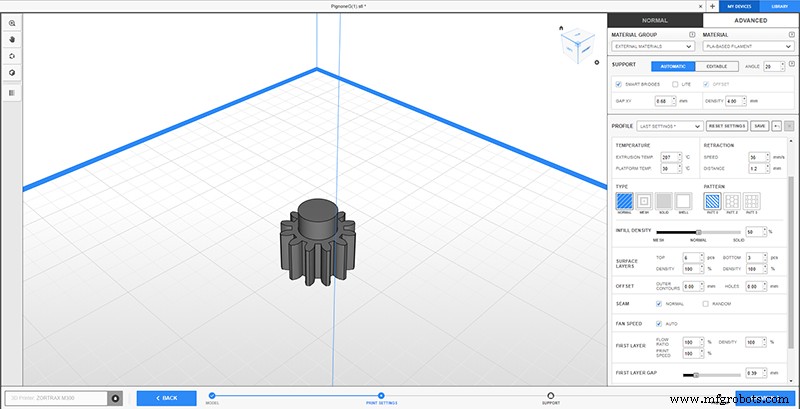
Image 6:Settings for external materials in the Zortrax Z-Suite software. Source:Zortrax
Representative examples of such solutions are Zortrax or Sinterit. Both offer a wide range of perfectly optimised materials, but also allow the use of materials from other manufacturers.
THE MOST APPROPRIATE SOLUTION
There are high quality solutions in all three groups and it would be wrong to consider one as better than the other. In order to select one or the other, the specific needs of each user must be analysed.
Users who are not specialised in additive manufacturing and are looking for a simple and efficient system will find integrated solutions and integrated solutions with a choice of external materials the best option. The implementation of this type of system is immediate and does not require in-depth technical knowledge . Although the costs of this type of solution may at first glance seem much higher than open solutions, in the long run the savings in optimisation time and material costs can compensate for this.
In the case of specialised users, with knowledge of additive manufacturing and materials, who require the use of very specific or experimental materials, they will find the above solutions to have significant limitations. This is why open solutions are a more versatile option despite the ongoing optimisation and fine-tuning tasks.
3D печать
- Материалы для 3D-печати для космических путешествий?
- 3D-печать и Формула 1:5 тенденций в автоспорте
- Оборудование, материалы и программное обеспечение:3 столпа успеха 3D-печати
- 8 Инновационные материалы для промышленной 3D-печати [2018]
- Интервью с экспертом:генеральный директор Roboze Алессио Лоруссо о высокопроизводительной и композитной 3D-печа…
- Решения для 3D-печати для нефтегазовых компаний
- 10 самых прочных материалов для 3D-печати
- Биоразлагаемые материалы для 3D-печати
- Руководство по выбору материалов для 3D-печати
- Материалы для штампов и штампов и инструментальные решения



